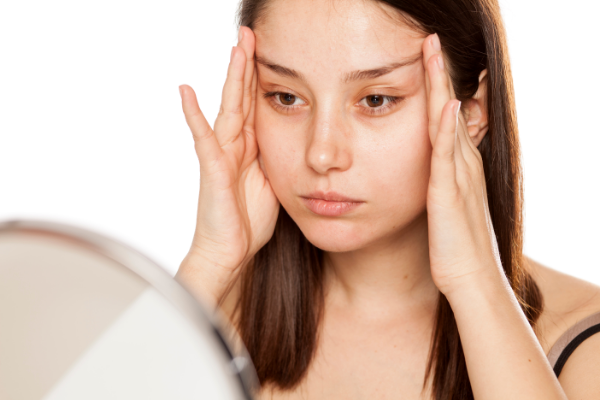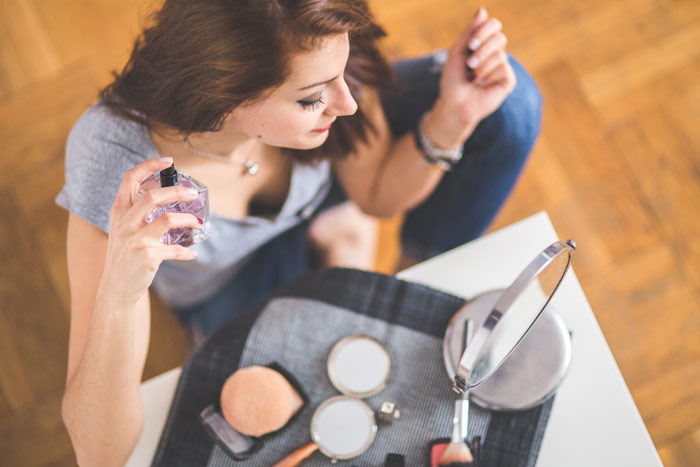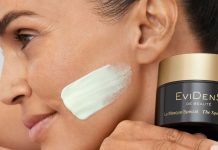Wonder how many people enjoy following their friends, colleagues, and relatives on social sites, like their pictures, but – shun their own photos. Why should they do this? For the single reason that when they see their faces, it sets them immediately to think that their eyes are the wrong shape, the nose is too long or too short, and whatever they fix their eye on needs improvement badly. These considerations can grow on people until they shut out a lot of more important things in their lives.

What is body dysmorphic disorder?
The condition of body dysmorphic disorder (shortened to BDD) is categorized as a mental health disorder. Individuals suffering from BDD fret so much over their appearance that this discontent interferes with their ability to lead a normal life. Although the belief that a person’s appearance is not without flaws is quite normal, those with BDD tend to overreact to a very great extent.
The problem is such a derogative attitude to the body can be very difficult to hold in check. An afflicted person may find themselves beset with worrying for hours and hours; such thoughts may even drive an individual to wishing to commit suicide.
Body dysmorphic disorder can be identified by the following common signs:
- Some physical flaw which other people don’t see or tend to disregard causes much wretchedness bordering on agony
- The notion that you are ugly and repulsive due to some physical flaw (that might be totally imaginable)
- The notion that people around you are constantly commenting on the blemishes in your appearance and deride you
- Your behaviors are dominated by compulsive attempts to conceal the blemish – you want to always check it in the looking-glass, apply makeup or take other measures to make it inconspicuous
- If it can be hidden by clothes, the person keeps twitching collars, sleeves, cuffs to make sure te concealment holds good
- The wish to look in the mirror for reassurance is irresistible
- Or it may be fear of seeing in the mirror “how abominable you are”
- The wish to groom or treat the flaw became compulsory
- You cannot help touching or picking the spot with your fingers
- When people compliment you on your looks you think they are mendacious
- You don’t like to leave home and have other people looking at you
- You consult different healthcare experts on your appearance on a regular basis
- You can’t stop comparing yourself with the way other people look
- You need unceasing reassurance from those around you that you look good
- While you keep worrying about your looks, your relationships, everyday life and productivity on the job begin to deteriorate
- You are inclining towards perfectionism
- You indulge in cosmetic procedures but are never happy with the result
- Social events add to your anxiety to a great extent
- As you consider your deformity, you run through the gamut of grievous feelings, repulsion, shame, lack of self-confidence
This attitude results in behaviors driven by preoccupation, like unwarranted concurrent motions that defy control and take up more and more time and attention until they lead to a miserable life, and hindrances in social, academic and/or professional activities.
What brings about body dysmorphic disorder?

It is believed that body dysmorphic disorder develops through a complex combinatory influence of various factors – biological, environmental, and psychological. If teasing and/or bullying enter the picture they may generate shame, the feeling of inadequacy and vulnerability.
What makes one susceptible to BDD?
Since the underlying causes of the condition are not yet known, few facts are definite. Doctors know that BDD usually sets in when people are in their teens, affecting both boys and girls. It seems that about 1% of the young population suffers from this disorder.
Some of the aggravating factors are as follows:
- There is a family history of this or related mental disorders
- A bad misbalance of chemicals in the brain
- Certain personality types
- Traumatic events
How to treat body dysmorphia?
As emerges from research, the chances of recovery from BDD are quite high. According to a study published in the Journal of Nervous and Mental Disease, given due treatment, a complete recovery was registered in 76% of cases with 14% struggling with a possibility of recurrence. The sad thing being that a great number of BDD-affected people choose not to apply to a mental health specialist for treatment.
They try to resort to other means – often money-consuming ones – often finding that they can’t cope with depression, fear of ridicule, and the feeling of inadequacy. That happens because they failed to realize that the root of the problem is in their mindframe and not in any body blemishes they may have.
To address the issue correctly, treatment should start with figuring out any brain disorders and mental issues that may influence the condition (depression, OCD, nervous attacks). A study of the brain ought to reveal patterns behind the existing problems.
Proper BDD treatment should include effective psychotherapeutic techniques in conjunction with measures aimed at improving brain health, like nutraceuticals and medication should it prove necessary. Besides, training to get rid of the ANTs (automatic negative thoughts) is highly advisable.
When consulting a doctor is in order

Commonly people with body dysmorphic disorder are too ashamed of their appearance to seriously consider consulting a specialist. Yet these misgivings had better be overcome if you evince a good deal of symptoms and your condition does spoil your everyday life.
Disregarded, body dysmorphic disorder won’t leave you alone. On the contrary, with the passing of time it is liable to deteriorate, causing chronic depression and anxiety, increasing your medical expenses, giving rise to suicidal tendencies.
How to deal with suicidal wishes
Now body dysmorphic disorder is often accompanied by thoughts to do away with yourself and thereby eliminate the struggle. As soon as you caught yourself wishing to commit suicide or harm yourself, seek professional help.











